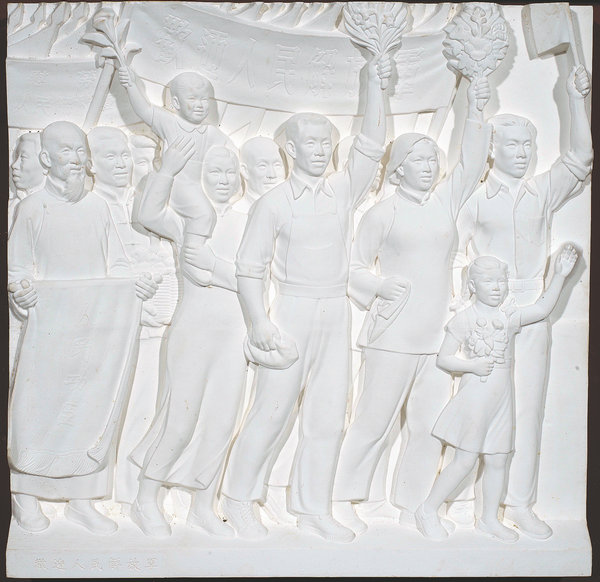

Art monument
In the first half of the 20th century, groups of young Chinese went to study in France, many to learn about fine arts before becoming leading figures in the domain themselves. Among them was Liu Kaiqu (1904-93), a sculptor of note who oversaw the creation of the marble reliefs on the lower plinth of the Monument to the People's Heroes in Beijing, a major landmark that commemorates the revolutionary struggles and sacrifices made by the Chinese throughout history, and which stands in the southern part of Tian'anmen Square. The reliefs depict China's revolutionary course, and Liu carved three of them. He also served as the first director of the National Art Museum of China, which opened in 1963.
An exhibition commemorating the 120th anniversary of his birth is currently underway at the museum, with dozens of his works and those of several other sculptors who, like Liu, also studied in France in the 1920s and '30s. It presents one particular chapter in the history of cultural exchange between the two countries, during which artists of the time brought European sculptural techniques to China.
The exhibition, which runs until June 30, also displays work by artists who stayed in Europe and whose creativity benefited Chinese culture, such as Paris-based Hsiung Ping-ming (1922-2002) who rendered to his sculptures a poetic Eastern mood and philosophical take.
9 am-5 pm, closed on Mondays.1 Wusi Dajie, Dongcheng district, Beijing. 010-6400-1476.